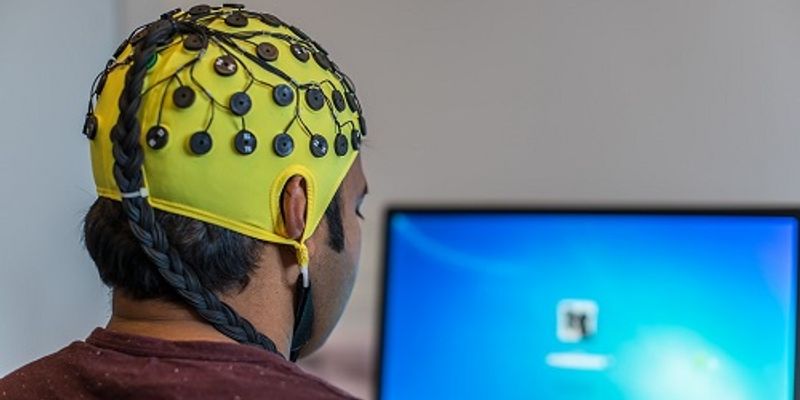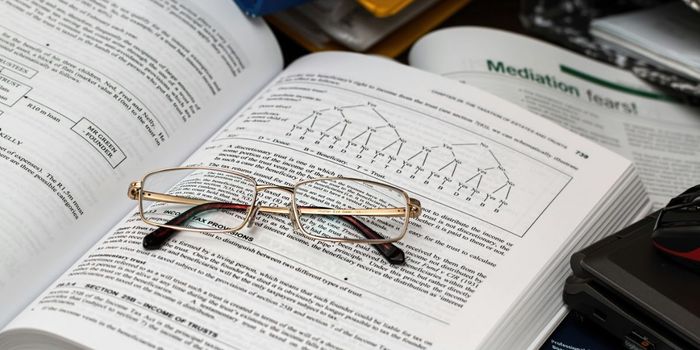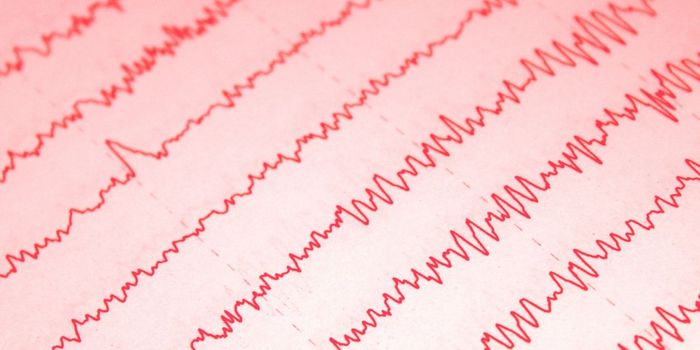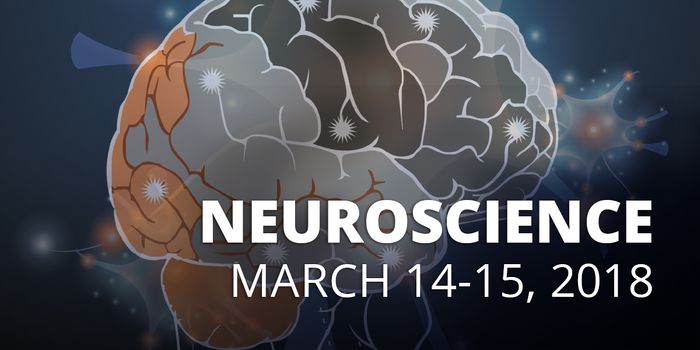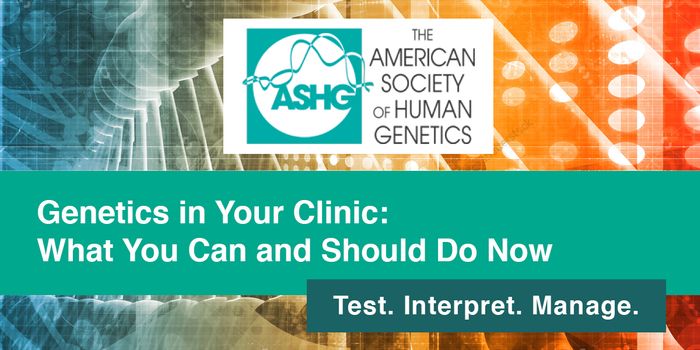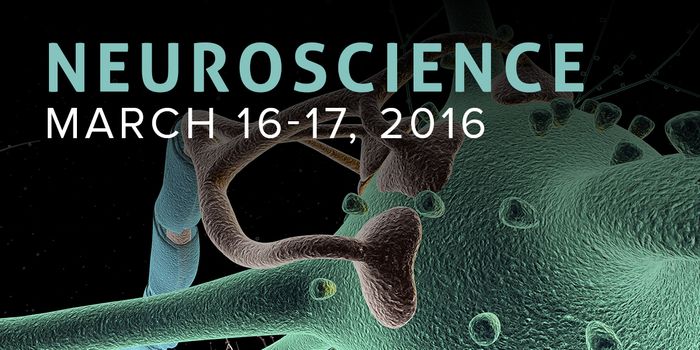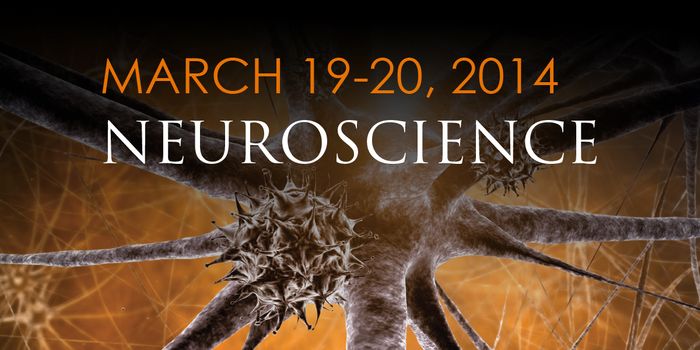EEG
The electroencephalogram (EEG) is a measure of brain waves. It is a readily available test that provides evidence of how the brain functions over time. The EEG is used in the evaluation of brain disorders. Most commonly it is used to show the type and location of the activity in the brain during a seizure. It also is used to evaluate people who are having problems associated with brain function. These problems might include confusion, coma, tumors, long-term difficulties with thinking or memory, or weakening of specific parts of the body (such as weakness associated with a stroke). An EEG is also used to determine brain death. It may be used to prove that someone on life-support equipment has no chance of recovery.
What's Popular in EEG
-
NOV 11, 2024NeuroscienceA new study found that prolonged mental fatigue can wear down cognitive resources, leading to higher rates of aggressive ...Written By: Annie LennonSEP 30, 2024NeuroscienceA knitted beanie hat fitted with electrodes enables researchers to conduct EEG scans on cats while awake.Written By: Annie LennonAUG 28, 2024Clinical & Molecular DXMost people who have driven down a lonely, straight road late at night knows what it feels like to get drowsy while driv ...Written By: Carmen LeitchJAN 29, 2024NeuroscienceWriting by hand is linked to higher brain connectivity than writing with a keyboard. The corresponding study was publish ...Written By: Annie LennonDEC 22, 2023Neurosciencesleep study shows that reindeer enter slow-wave sleep mode while ruminating, which helps them adapt and survive in tough ...Written By: Amielle Moreno
-
The ultimate goal of neuroscience is to understand and explain real-world behavior in terms of brain activity, and to use these insights to develop therapeutic approaches for neural disorder...
